Dalmatian Riviera
You are here: Home > Destinations > Croatia > Dalmatian Riviera
About Dalmatian Riviera
The Dalmatian coastal region offers visitors superb beaches and pretty resorts; the stretch of coast that includes the resorts of Brela, Baska Voda, Tucepi, Gradac and Makarska itself is generally known as the Makarska Riviera. It is this Central Dalmatia region that, in many people's opinion, is one of the most beautiful coastlines of Croatia with fabulous beaches, pine trees, sparkling water and peaceful bays which is overlooked by the impressive Biokovo Mountain.
Beaches tend to be longer here than in other parts of Croatia, although there are some small coves and the dramatic grey-white tipped Biokovo Mountain range rises up dramatically from the coast through pine forests, some of which spread right down to the water’s edge. Little villages of stone houses, churches and bell towers are never far away from the modern resorts. Resorts are ideally placed for excursions to the islands of Hvar and Brac and, on the mainland, to Split and Trogir to the north and to Dubrovnik and the island of Korcula to the south.
Mount Biokovo is the highest mountain in Dalmatia and the second highest in Croatia (1762m). The part of the mountain that is best for visiting is the area designated as Biokovo Nature Park (open from the beginning of April to mid-November). The mountain is suitable for hiking, with Vosac peak (1,422m) only 1.8 miles from Makarska centre (on a well signposted route) and from Vosac it takes two hours along another well marked path to Sveti Jure (St. George), the highest peak in the area. There are amazing views of the Croatian coastline and its islands from Biokovo – on clear days, even parts of Bosnia and Italy (across the Adriatic Sea) can be seen! Organised hikes (of various levels of difficulty) on Biokovo also exist for those wishing to join a professionally guided group. The mountain has a profusion of wild flowers and plants; one of the better known types of geranium (called Biokovo) comes from here, also at home here are goats and the area is well known for its caves. There is a Botanical Garden in the village of Kotisina which has a variety of vegetation.
Makarska
Makarska is very popular with visitors as it's a great base from which to visit the islands (a regular ferry makes the 40 minute crossing to Sumartin on the eastern tip of the island of Brac) and the nearby Biokovo Mountains as well as being a magnificent resort in its own right. There is a lively seafront promenade and a beautiful old town stretching back along narrow streets from the horseshoe bay and harbour. The fine stretch of white pebble beach has plenty of small inlets for more secluded bathing; the resort also offers a fine tennis centre, a superb local market, watersports and many, many places to eat and drink.
Brief History - initially a Illyrian settlement, the Romans also settled in the area in the early centuries AD. After brief rule by the Venetians from 1452, Markarska fell to the Turks in 1499 and became an important Adriatic port as they also built a fortress in 1568. During the following centuries it switched between the two empires until the fall of the Venetian Empire in 1797. Under the French (1806 – 1813), the town enjoyed a period of growth and development; however, the Austrians took control in 1813 and enforced a process of Italianization.
Sightseeing - one of the main sights in the town is the Franciscan monastery, which was founded by Bosnian monks and built in 1614; the basement of the monastery houses a Malacological museum which apparently has the largest collection of snails, shells and mussels in the world. Fossils from the region are also on display. Another important building is St. Mark’s Church (Crkva sv. Marko) on the main square (Kacicev trg), which was built in 1776.
Beaches are gently sloping, making them ideal for children. Organised or independent excursions are recommended into the Biokovo Mountains, where there are tiny hamlets and breathtaking views from the "hairpin bends". For serious walkers the route from Makarska to Sveti Jure (the peak of Biokovo at 1762 m) is slightly less than a six hour climb. Watersports and excursions by boat are also available along this coast. During the summer months, Makarska is particularly lively, when the beach bars open.
Omis
The town of Omiš is located at the mouth of the river Cetina, surrounded by mountains; its location and beautiful landscape is ideal for many activities such as walking, climbing, river-rafting, canyoning and the fabulous zip-wire experience. Discover the charm of Omiš with a stroll through the streets and discover the beauty of the old town, the fortress Mirabella and the historical and cultural heritage of this traditional pirate town. From here you can make day trips to famous Dalmatian towns and islands, for example Split (25km), Trogir (50km), Makarska (40km) and Brac island. Discover numerous beaches along the 30km Omis Riviera, a stretch of coastline of outstanding beauty with many bays, cliffs and the crystal-clear Adriatic sea.
River Cetina canyon
The Cetina is the longest river in Dalmatia at just over 100km and the waterfall of Gubavica (48m) underneath Zadvarje is one of the biggest in Croatia. The character of the Cetina varies considerably along its length - in the upper regions it is mostly fast with plenty of white water rapids and lies in deep ravines with rugged rocky outcrops and in the lower regions the river is much slower, more like a lake, with the tall canyon walls which rise on either side, occasionally punctuated by flatter areas with small villages, deciduous woodlands and meadows full of flowers, delightful in Spring. The Cetina river spills into the sea at Omis, a fantastic setting for a town, separated by a deep ravine which, after many kilometres of being fairly wide, closes in here to just a few metres wide. The river itself is very clean and clear, supplying drinking water to much of Dalmatia, it is also teeming with trout. The unspoiled nature of the Cetina canyon has enjoyed the status of "Protected Significant Landscape" since 1963.
Sibenik
Bathed in the sea and scents of the Mediterranean and protected by the mighty mountains Šibenik is the centre of the Adriatic; the past is encountered in every street below the mighty fortresses. Unlike other small towns along the Adriatic coast, which were established by Greeks, Illyrians or Romans, Šibenik was founded by Croats. This picturesque town was mentioned for the first time under its present name in 1066 in a Charter of the Croatian King Petar Krešimir IV and, for while it was a seat of this Croatian King. For that reason, Šibenik is also called "Krešimirov grad" (Krešimir’s city).
Since time immemorial olive trees and picturesque vineyards have allowed courageous farmers to make the best out of the barren land; whilst also harvesting the sea for fish, sponges and corals. Šibenik is the oldest Croatian town on the Adriatic, some claim that its fortress was the most significant structure during the 15th & 16th Centuries, the magnificent cathedral of St James originates from the time of Venetian rule - Juraj Dalmatinac finished it in his signature Gothic-Renaissance style, decorating it with angels, capitals with curly leaves, magnificent statues of saints, and carved figures of his fellow citizens. Due to its exceptional value, the cathedral was included in the UNESCO list of world cultural heritage in year 2000.
Šibenik is surrounded by many beautiful clean beaches, small islands and TWO National parks. National Park Krka in the hinterland with a unique canyon with karst landscapes, waterfalls and the religious islet of Visovac and Kornati National Park out in the sea, often mentioned as "nautical paradise" in tourist publications, made of 89 unforgettable islands, islets and reefs.
Gradac
"Unique mountain panoramas melting into green and blue shades of conifer forests down to a clear sea of high transparency" is how the local tourist board describes Gradac and we can see what they mean. The Biokovo mountain range which looms over the Gradac Riviera is world-renowned for its karst landscape, well-tended hiking routes and stunning viewpoints. Gradac is proud of Gornja vala, its most beautiful and biggest beach which is situated south from the port. There are many folk festivals during the summer, like the traditional ''ADIO LITO'', which attracts visitors from all along the riviera.
The Gradac area is deeply embedded in history; traces of early Christianity such as the shrines in Vepric and Međugorje and the Monastery in Zaostrog - the oldest preserved monastery in the whole of Dalmatian region. The area was settled in the Roman era and during the Austro-Hungarian rule a stone pier was built in Zaostrog at a time when apart from Makarska it was the only place where merchant ships could dock in the wider Riviera area; the sturdy structure of the pier withstood the powerful earthquake in 1962. Zaostrog is the only place in the world where the sun rises twice during the same morning - on specific times of year the sun appears for the first time under the Viter hill, after which it hides behind the sheer rock for twenty minutes and then a second sunrise follows. Gradac is a well-loved tourist destination because of its stunning scenery, holiday activities, crystal clear sea and gastronomic treats.
Other places of Interest:
- Marina is situated on the Adriatic coast, surrounded by sea and islands on one side and on the other by olive groves and vineyards with walking and cycling paths. There are many attractions in the area such as traditional Dalmatian villages and the UNESCO-protected town of Trogir with a famous cathedral and many cultural events.
- Brela is a pretty resort with a beautiful white pebbled beach, surrounded by pine trees and maquis. The old part of Brela, a former fishing village, is a maze of little alleyways with tiny stone chapels and houses.
- Baska Voda - slightly more developed than Brela though still charming and with a longer white pebbled beach, a good selection of restaurants, bars, shops and (usually available) massage on the beach in a straw hut with the sound of the sea relaxing you even more.
- Tucepi - south of Makarska is a modern resort with a stylish seafront and a good selection of places to eat, drink and shop. The beach is long and, like the other resorts, is surrounded by pine forests. Walking inland and slightly uphill brings you to vineyards, olive groves and semi-abandoned hamlets.
We look forward to being of service.
Hotels to visit
Where to stay
Flexible Tailor-Made Holidays
- We believe passionately that no two holidays should be the same.
- With our flexible tailor-made holiday options you can travel at your own pace.
- Rediscover a city, a resort or an island in a weekend or longer.
- Take a small group tour or embark upon a more adventurous trip.
Trusted Service
- ATOL cover for flight inclusive holidays.
- One of us at Rediscover the World is very likely to have visited the hotels and travelled along the routes on your itinerary.
- Dynamic, comprehensive travel app with all your documents, maps and much more.
- Full financial protection for your holiday (TTA).
Why book Croatia with us ?
- More than 30 years experience of the region
- Unrivalled expertise of local partner
- Fly-drive holidays in Croatia & neighbours
- Island Hopping / Activity holidays
- Food-themed breaks & Christmas Markets
- Honeymoons
- 24hr assistance in Croatia
Reviews
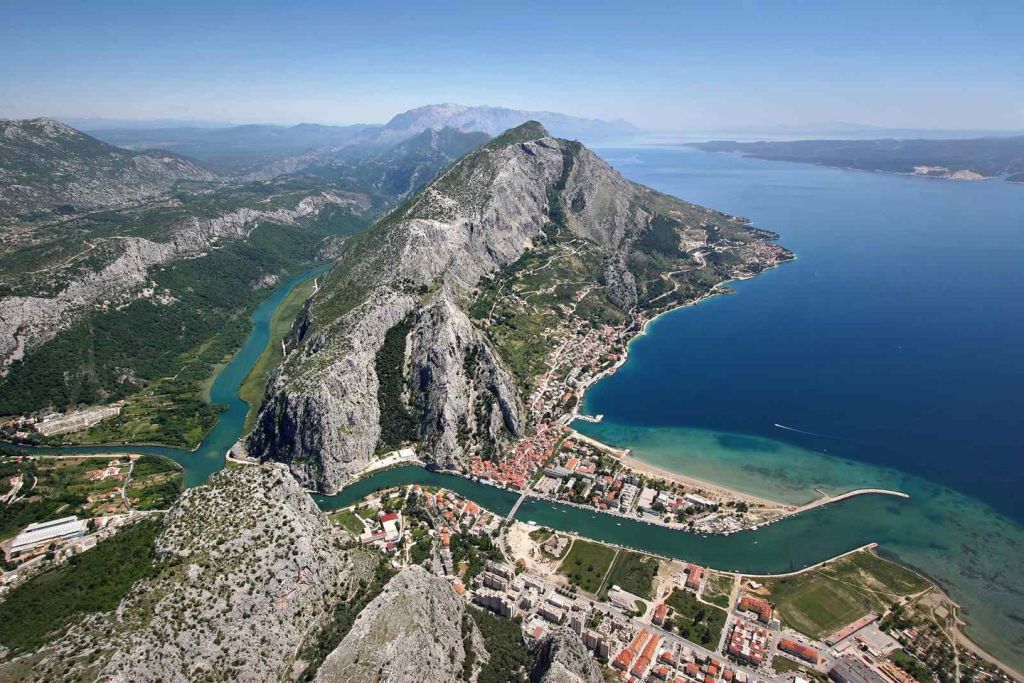
.jpg)
.jpg)
.jpg)
.jpg)
.jpg)

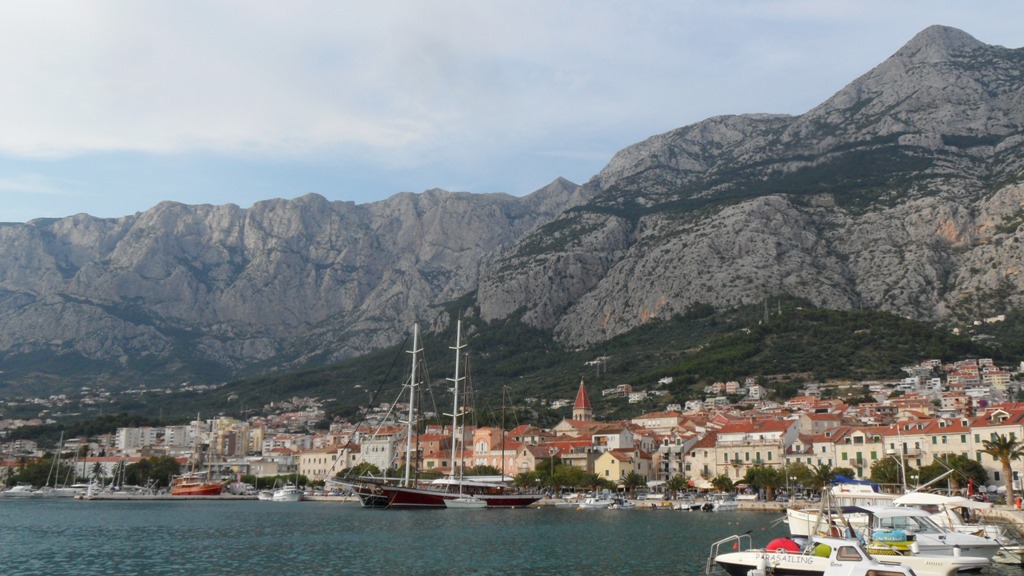
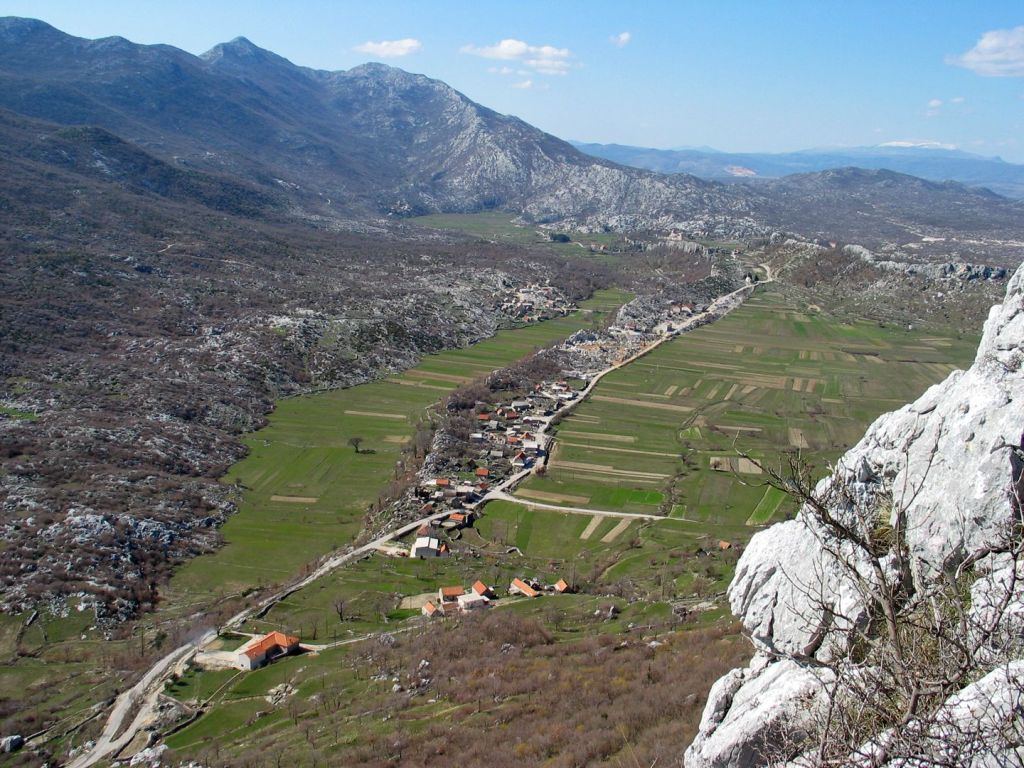
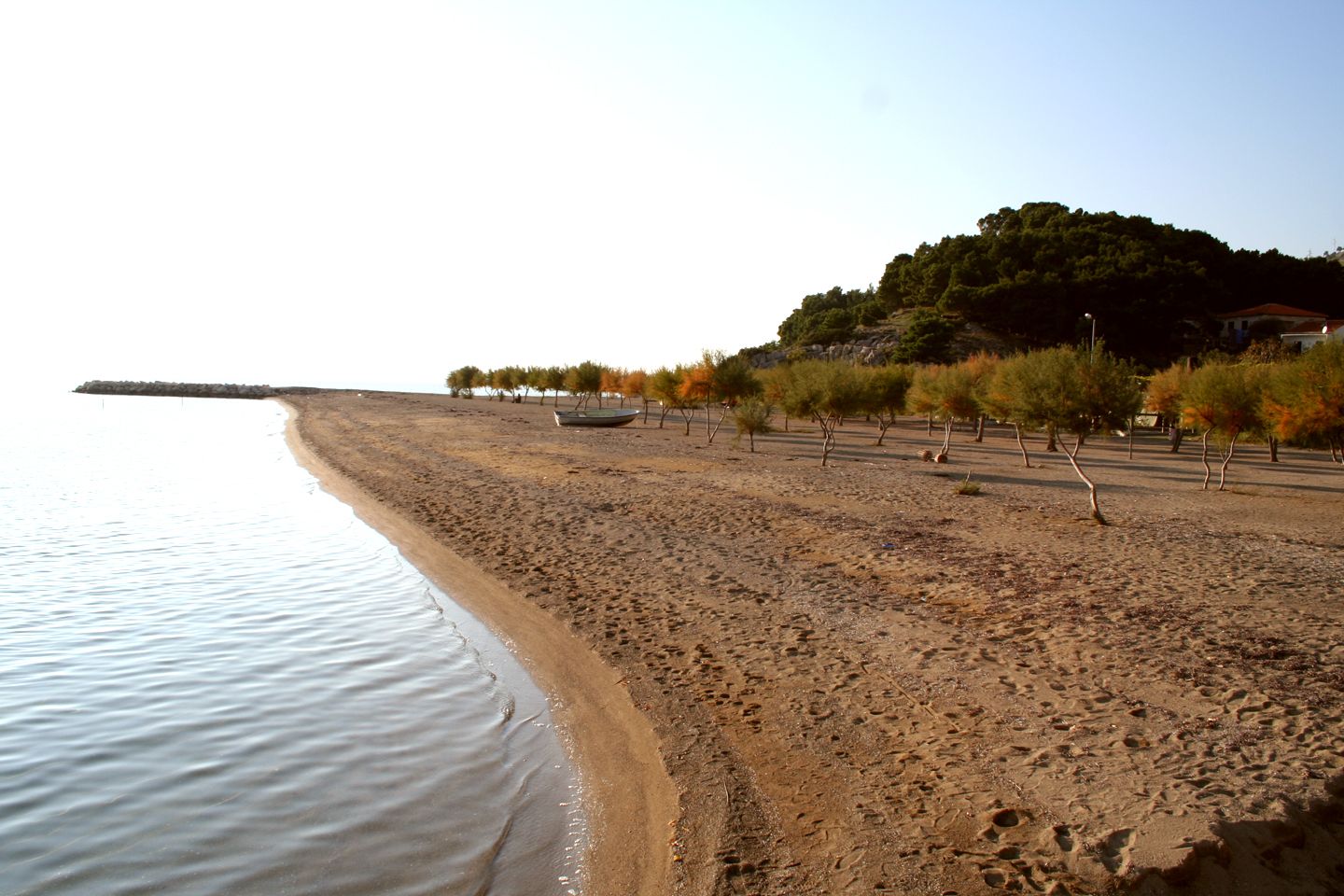
.jpg)
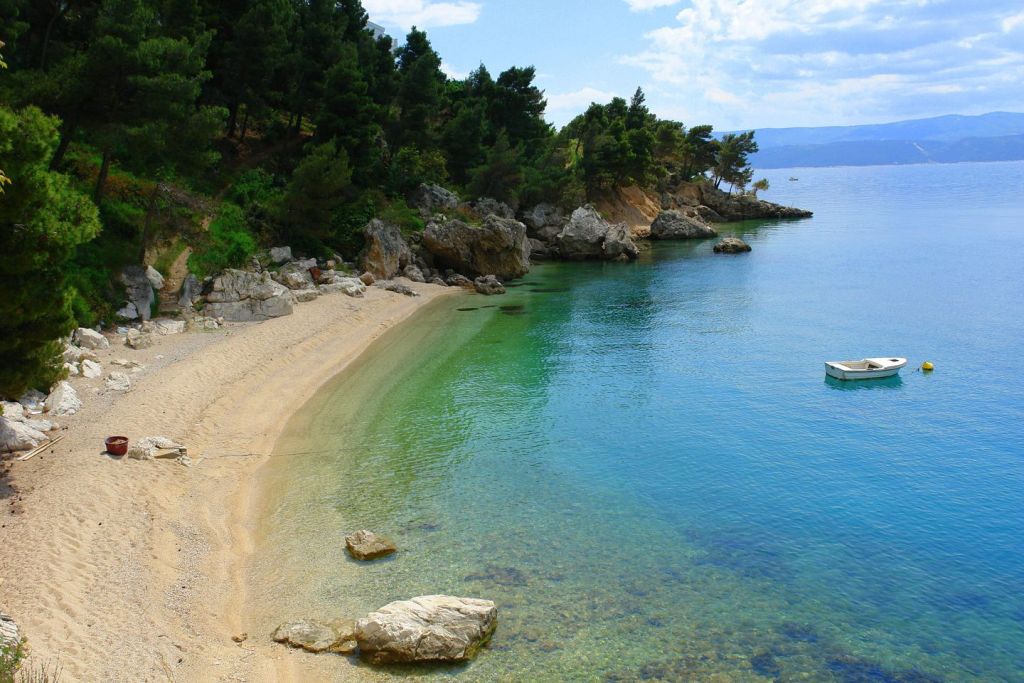
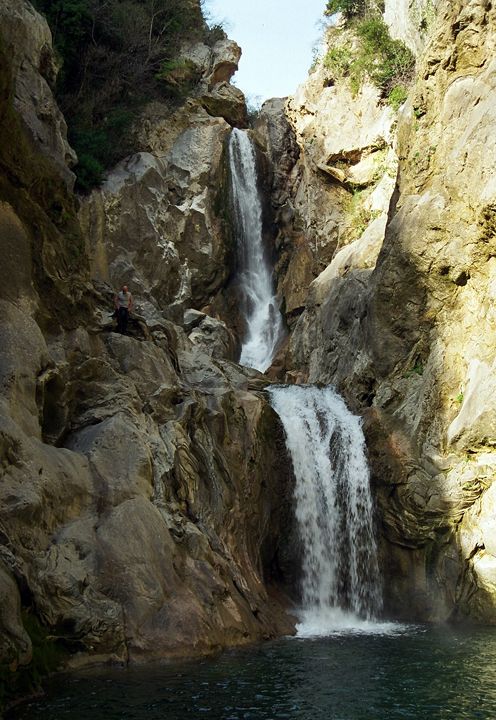
.jpg)